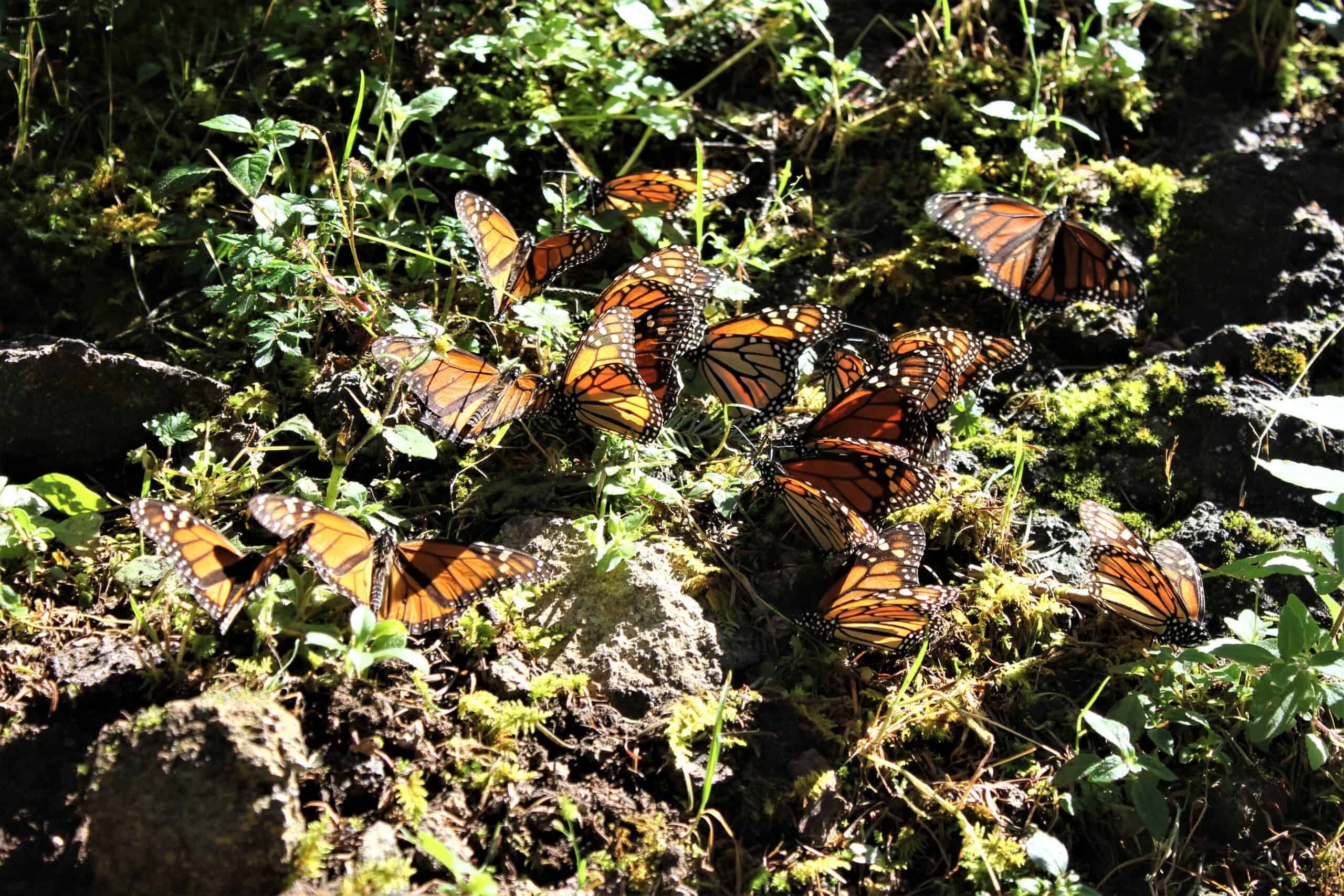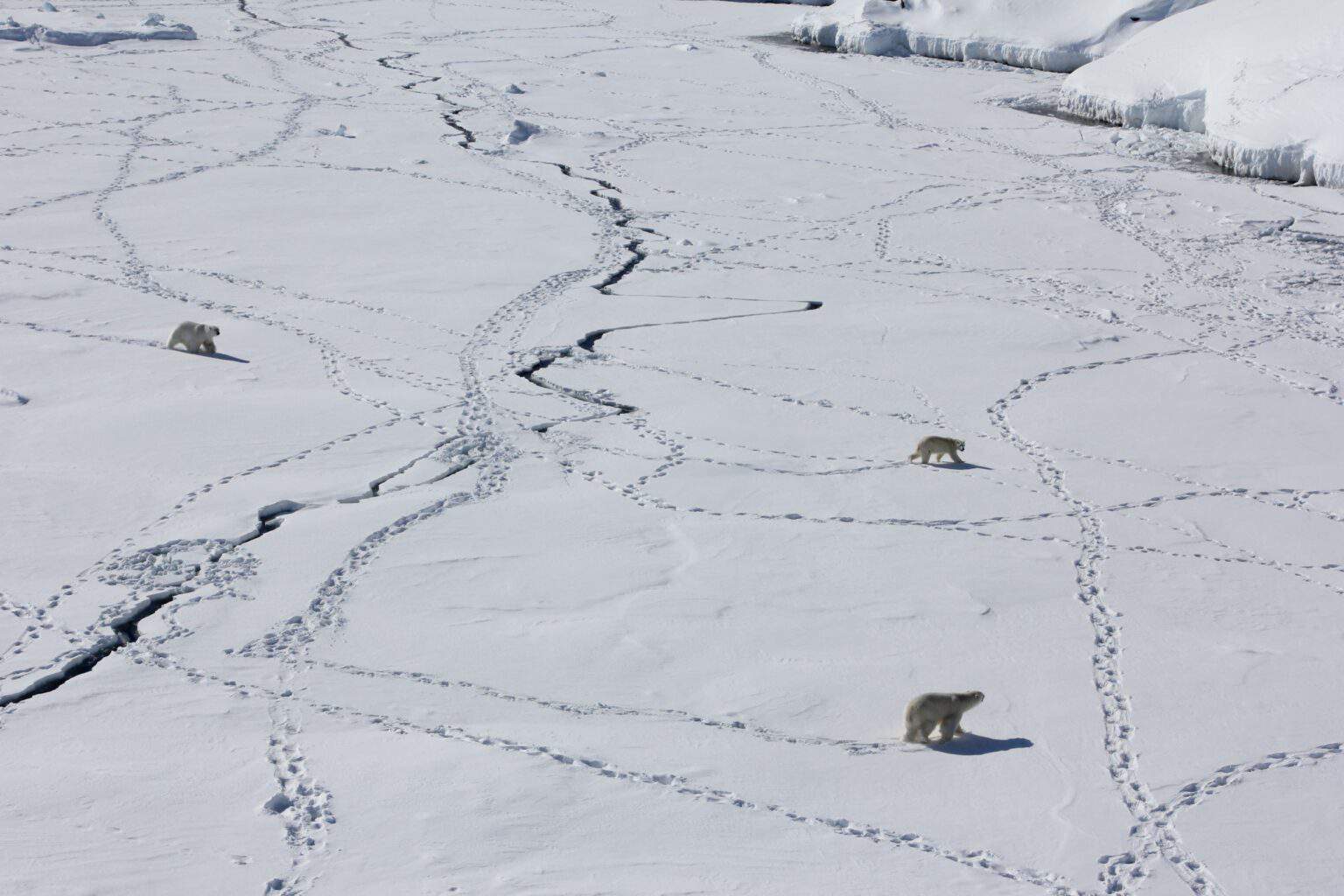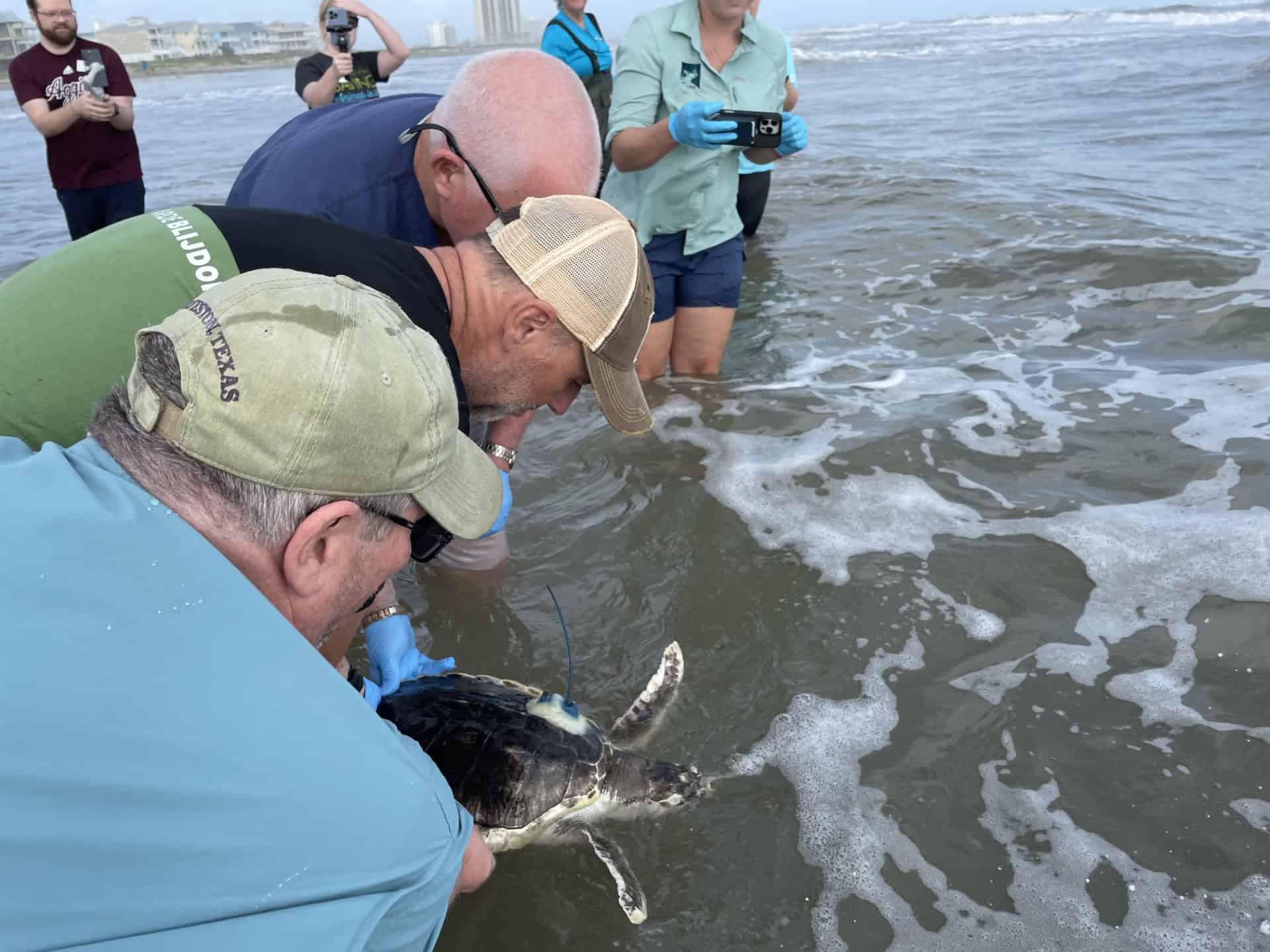Share this article
Roads are major cause of Texas ocelot deaths
Roads have deadly consequences for ocelots in Texas, playing an outsize role in mortality for a small population of the endangered cat. As urbanization in the area continues, researchers worry ocelots will face increasing dangers unless measures are put in place to help them cross roads safely.
Vehicle collisions accounts for 40% of ocelot (Leopardus pardalis) deaths for the population at the Laguna Atascosa National Wildlife Refuge in South Texas, the smaller of two populations in a state that has no more than 80 ocelots altogether.
“With so few individuals on the landscape, even one mortality from any cause is going to be pretty significant,” said AnnMarie Blackburn, lead author of a study on the species’ road mortality published in Global Ecology and Conservation.
While busy highways posed an obvious concern, Blackburn and her team found that most ocelot deaths actually occurred on smaller, less traveled roads — the sort of rural roads more likely to surround the patches of thornscrub the cryptic species occupies.
“With lots of roads on the landscape bisecting their habitat, they are sometimes forced to cross these roads to get to other patches of habitat,” said Blackburn, who was a master’s student at the Caesar Kleberg Wildlife Research Institute at Texas A&M University-Kingsville at the time of the research.
Texas has two tiny populations of wild ocelots: a larger population on private ranches and a smaller population at the refuge. State officials have constructed wildlife crossings to help the refuge population cross busy highways, but remote cameras suggest few ocelots have used those crossings. The highways tend to be farther from the lands they occupy, Blackburn said, and the busy traffic may discourage ocelots from even attempting to cross.
They often do cross smaller, quieter roads, though, and those crossings can be fatal. That’s especially concerning as the Lower Rio Grande Valley experiences a surge in urbanization. “There’s lots of traffic,” Blackburn said. “Lots of people. And these roads are growing. They’re becoming wider to account for more traffic in the area. More residential areas are cropping up. Commercial areas are cropping up. It’s becoming less natural as humans start to live there. The ocelots and the habitat they require are getting pushed into a corner. The areas that they actually are able to inhabit are getting smaller.”
Looking at about 30 years of location, movement and mortality data from collared ocelots, Blackburn and her team put together a picture of the role that roads played in their mortality. Busier roads increased the ocelots’ mortality risk, researchers found, but possibly not because of the roads themselves. Ocelot deaths were fewer on these busy roads, suggesting limited habitat or other factors might play bigger roles. Instead, most deaths occurred on smaller roads that carry fewer cars. That may seem counterintuitive, but those are the kinds of roads near the refuge, Blackburn said, and the ones ocelots are most likely going to try to cross.
The findings suggest crossing structures could benefit ocelots not just on busy highways but on these smaller roads, too. They don’t have to be elaborate, Blackburn said. Just a box culvert under a road could help an ocelot safely leave one patch of thornscrub for another.
“Ocelots definitely need our help,” she said. “Roads are here to stay. Humans rely on them. We need to learn to coexist with roads and humans and wildlife on the landscape.”
Header Image: An ocelot appears on a remote camera at the Laguna Atascosa National Wildlife Refuge. Credit: USFWS








